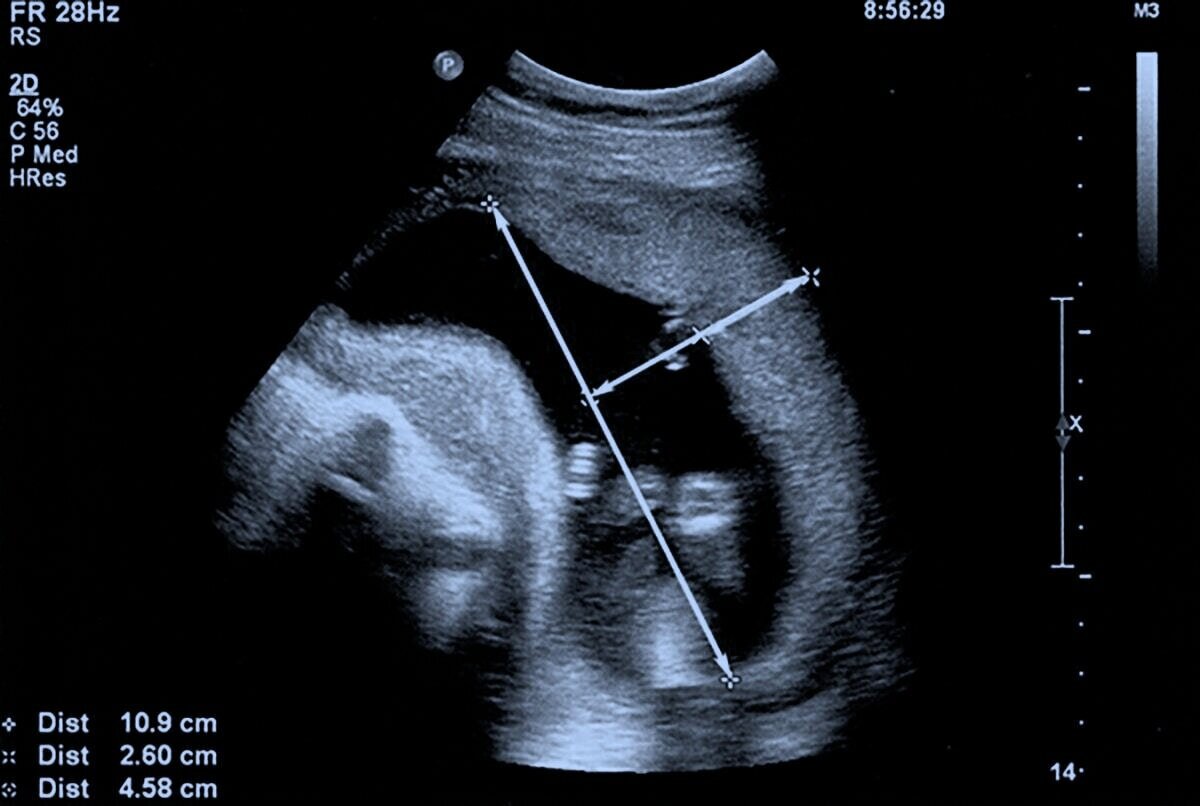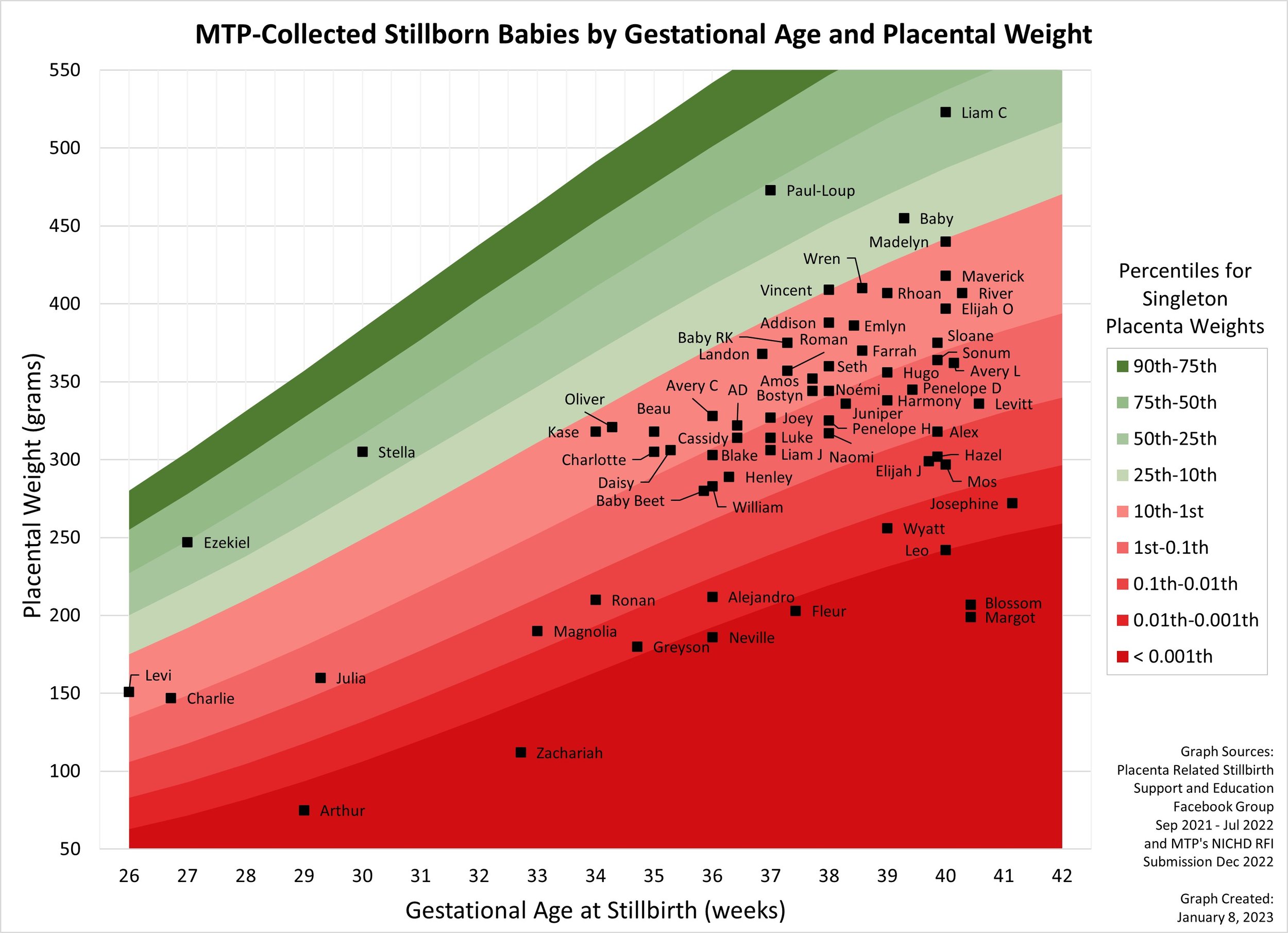An unhealthy placenta is the leading cause of stillbirth. Abnormal placenta size is a risk factor for stillbirth and
other adverse pregnancy outcomes.
Measure. Track. Prevent.

The placenta is a temporary organ that forms in the uterus during pregnancy. Like roots of a tree, it supplies baby’s critical needs.
The Placenta attaches to the uterine wall and provides nutrients and oxygen to the baby through the umbilical cord.
A baby can outgrow its placenta. Like a car driving with no gas gauge, a pregnancy loss can occur without warning. There is not always reduced movement or warning signs. These losses can be sudden, unexpected, and too often go unexplained. Half of stillbirths result from conditions affecting the placenta.



